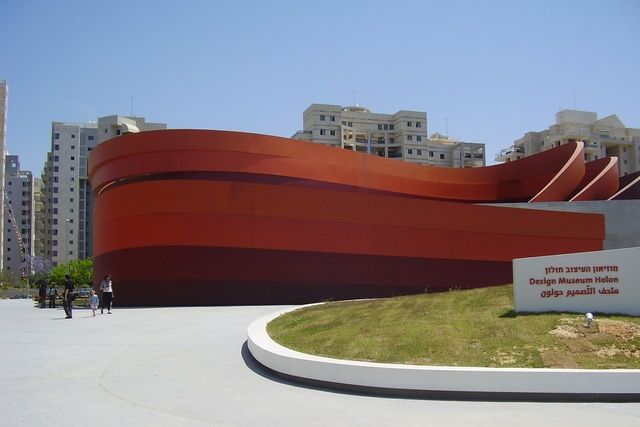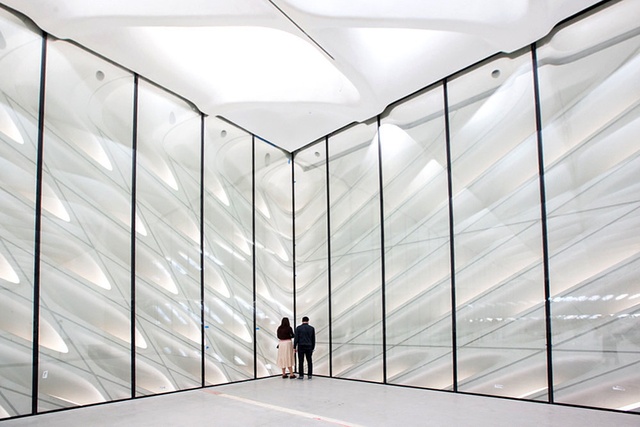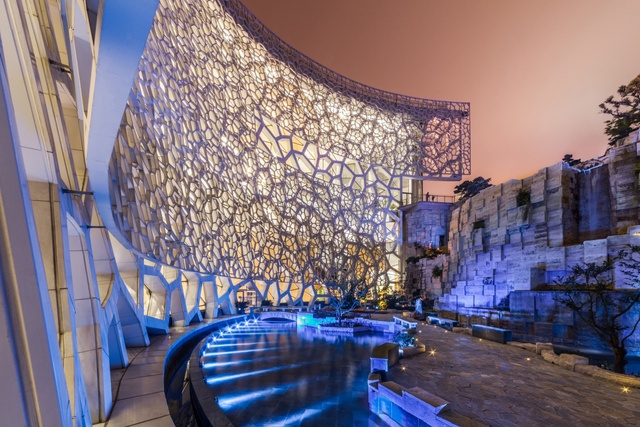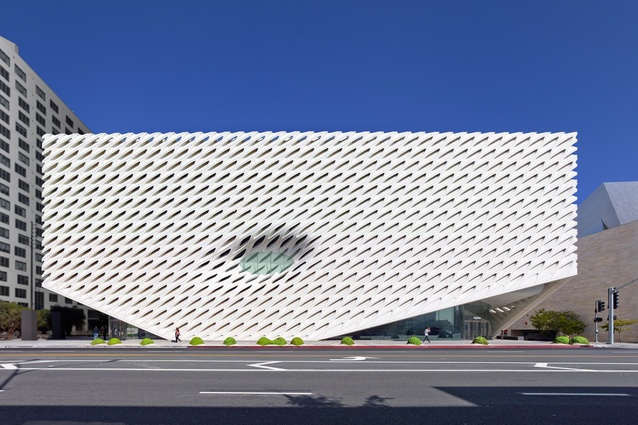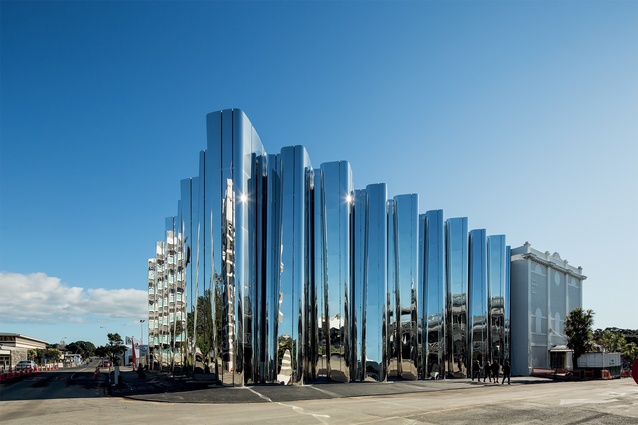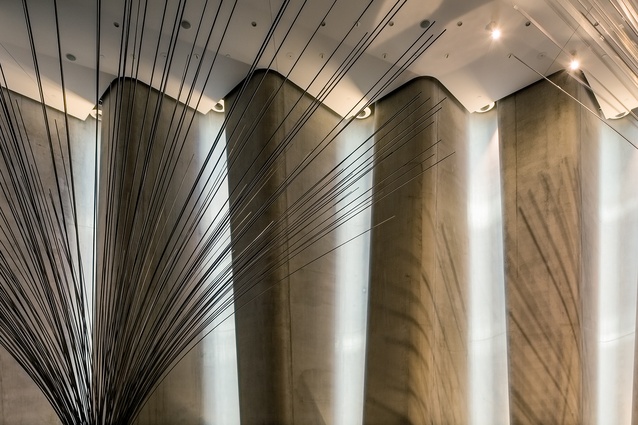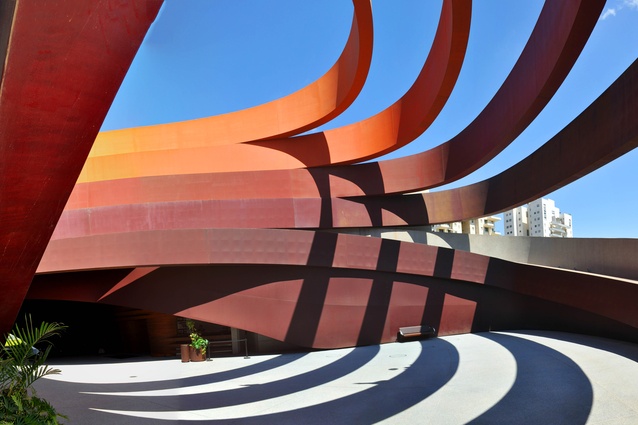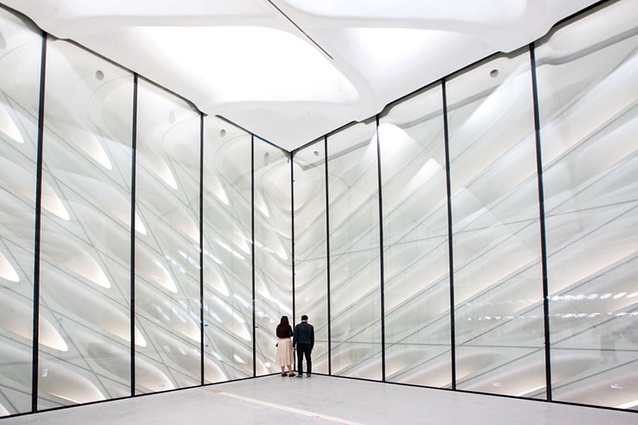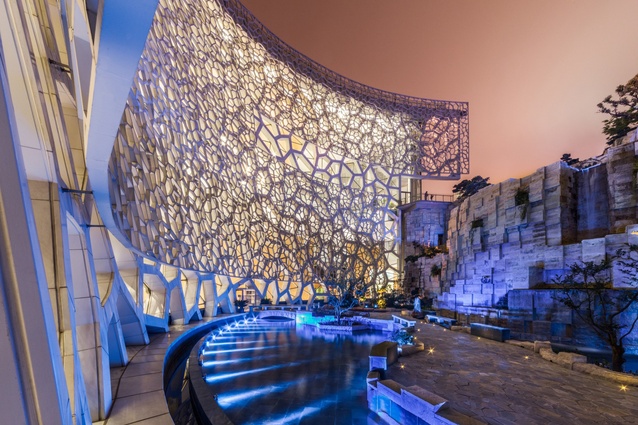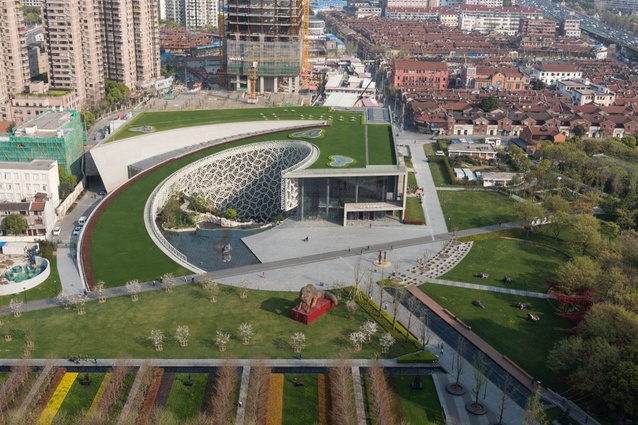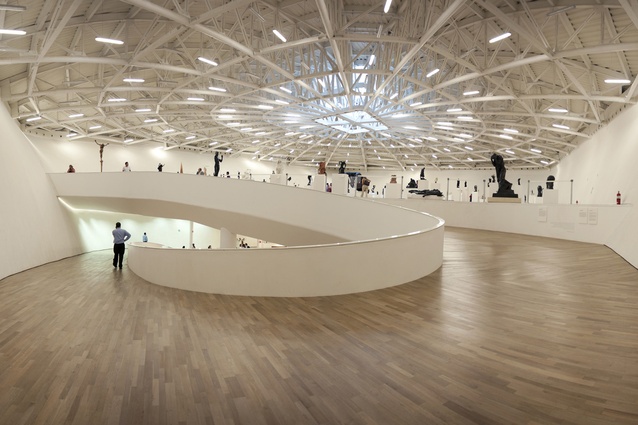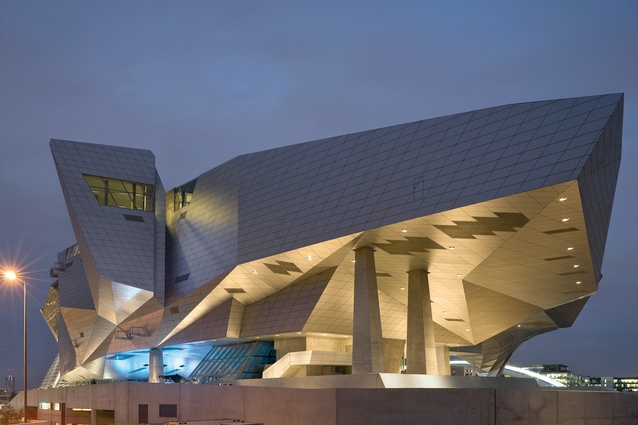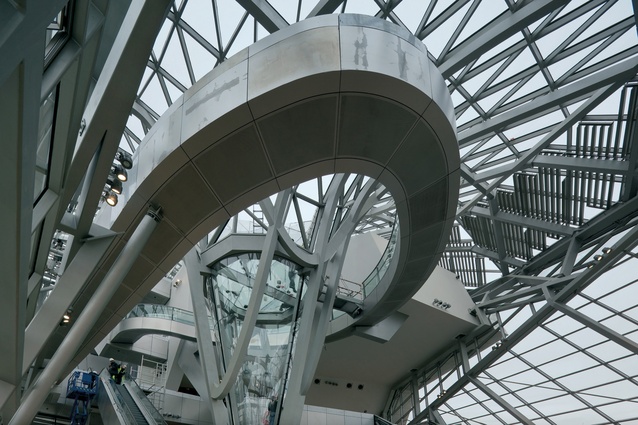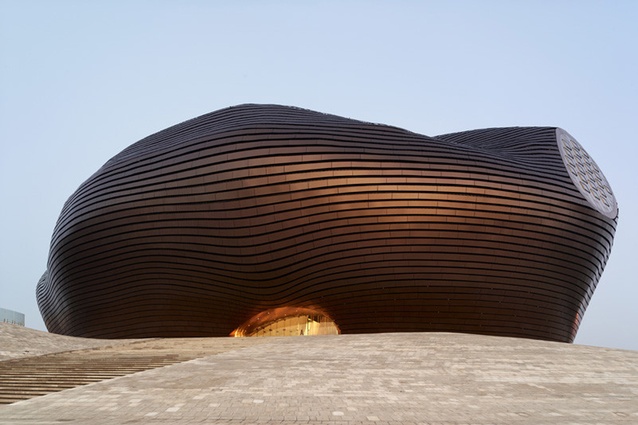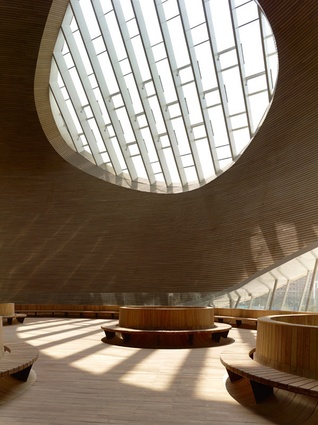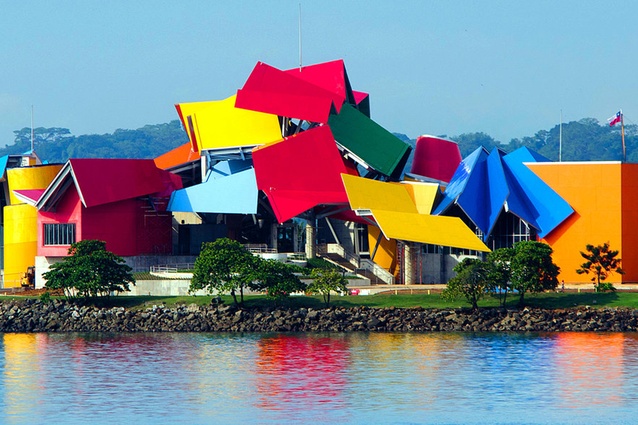A storehouse of knowledge
Each museum around the world is slightly different. The design behind each of these architecturally complex buildings varies enormously in the ways it fits within its community, how it encourages participation and discovery of the contents or exhibits inside, and how the public navigates and moves through the building.
A museum is above all an inclusive public building, designed to be accessible and user-friendly for its community, and aimed at creating an experience of discovery and learning. In addition, the differing uses of space that must be incorporated into museum design make it an oft-challenging job for an architect.
Within New Zealand we have several outstanding contemporary museums across the country that address these issues and are successful at resolving them. Toitū Otago Settlers Museum in Dunedin is one of these. New Zealand’s oldest history museum, it was refitted in 2014 which brought the challenge of coherently drawing together four different buildings from different eras into a vast 10,619m2 museum.
Adding to the complexity of the job, the architects had to work with four different museum directors during the project’s four-stage, five-and-a-half-year-long development, resulting in many iterations. Despite the trials involved, the museum is easy to navigate, with original and reclaimed timber floors pulling the scheme together, and includes gems such as the stunning ancestors room, which make this one of New Zealand’s loveliest museums.
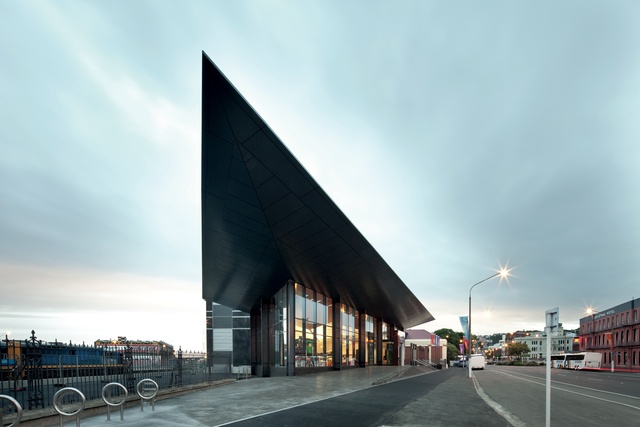
The MOTAT (Museum of Transport and Trade) Aviation Display Hall in Point Chevalier, Auckland, is a great example of museum architecture reflecting and enhancing what lies within. Designed in 2011, the hangar-like aviation display hall acknowledges the engineered-timber heritage of many of the machines housed within. A large shed at 2,850m2, the hall sits next to the motorway and also serves as a type of architectural advertisment to passing traffic for the museum.
Made from a series of substantial radiata LVL box portals spanning just over 40 metres, the whole structural system of the façade is exposed and provides a sense of openness, despite the aircraft within in fact being entirely screened. In this, it is eye-catching and successful in its position in relation to the adjacent major road. Environmental responsibilites have been taken seriously here also, and the display hall works well within its social and cultural context.

The Len Lye Centre in New Plymouth, recently opened in September 2015, is New Zealand’s newest and most impressive museum. The only New Zealand museum dedicated to a single artist, the building is small but awe-inspiring. This building invokes both the spirit of Kiwi artist Len Lye, as well as the culture and crafts of the community that it is situated within.
Colonnades of gleaming stainless steel distort all around the building, reflecting Lye’s work with motion through kinetic sculptures and installations, and his experimental films. Inside, the muted colours, along with the experience of walking along the long corridors and ramps, imparts a sense of theatricality, a feeling of being backstage. This aptly sets the scene for enjoying and experiencing Lye’s dramatic and unusual works.
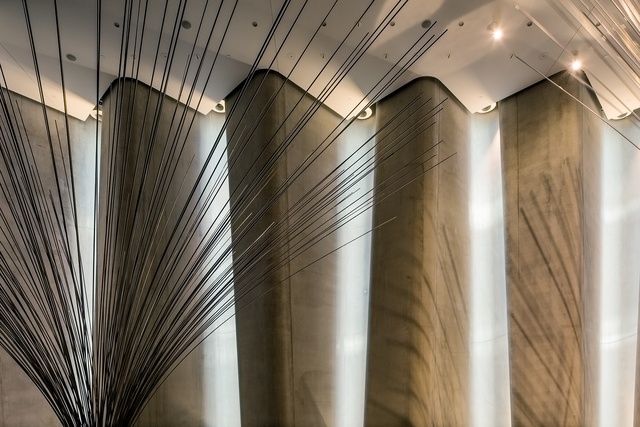
Architects have been getting ever more inventive, novel and creative when it comes to imagining contemporary museum design. Across the world, a vast amount of time, energy and money has gone into creating museums that create a sense of discovery, of experiential learning and above all, a truly public space that encourages all to enter and use it to the best of its offerings.
Below are several architecturally stunning and innovative contemporary museums, from Europe to China.
